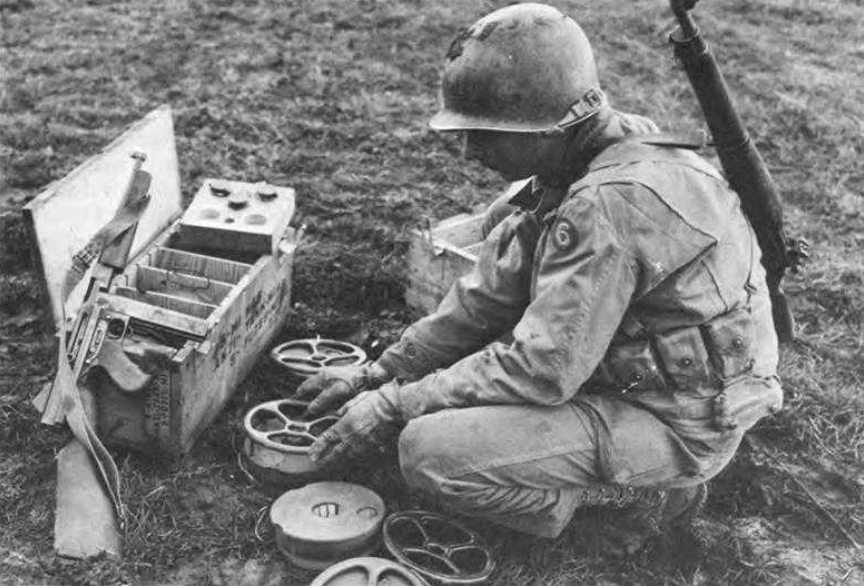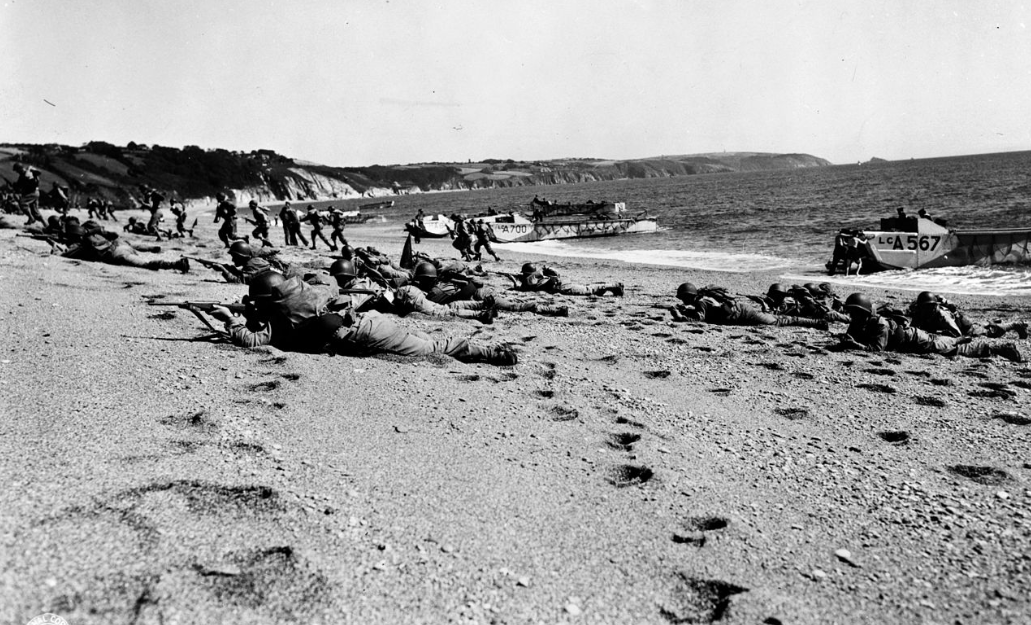Storm Emma exposes two American unexploded anti-tank mines in Devon
Bad weather that hit the south west of England has uncovered two World War Two anti-tank mines on a beach in Devon. It is likely that these devices were used for live fire exercises during WW2.
It is not clear whether this explosives washed up on the beach as a result of the storm surge, or if they already buried on the beach and exposed by storm erosion.

Storm and weather impacts on UXO
Storm events often bring about UXO finds in the UK. Heavy and persistent rainfall, as well as higher tides, erode river banks and coastal sediment. This causes buried items such as unexploded anti-tank mines to be released, creating a hazard to the public.
The allied Armies based in England during WWII wanted to create training exercises that closely simulated the real thing. As such, they often used live ammunition during military exercises on British soil. Inevitably some items failed to function, creating the legacy of unexploded ammunition we see today.
WWII allied commanders organised a large scale amphibious training manoeuvre – Exercise Tiger – in the spring of 1944. It took place at Slapton Sands and was so realistic, navy warships bombarded the beach with live ammunition.

Navigating UXO risks
The unique combination of sea action and historic military defence does indicate that, generally speaking, coastlines can concentrate UXO. Naval weapons such as mines and shells frequently wash up on shores around the world. This is in addition to land-based military activity resulting in coastal UXO contamination.
If your ground works are taking place in a coastal location, Brimstone would always recommend carrying out a Stage 2 Detailed UXO Risk Assessment prior to breaking ground.
You can keep up to date with Brimstone by following us on Facebook, Instagram, Twitter, LinkedIn and YouTube.